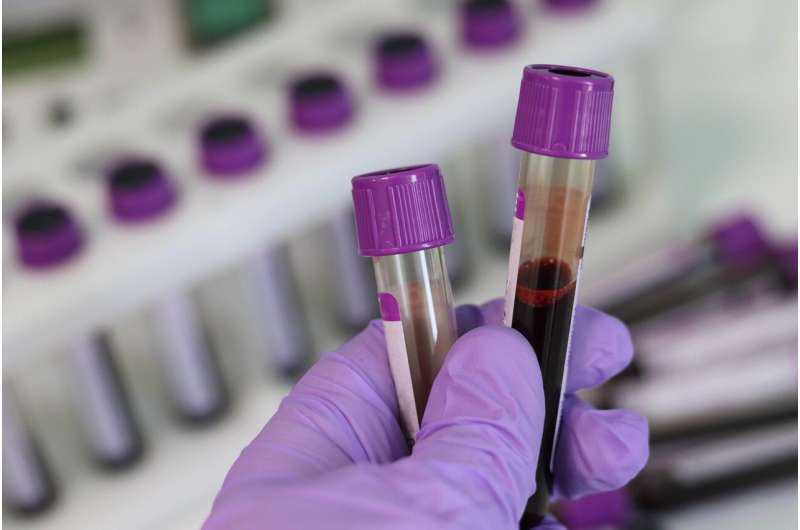Identification of Umbilical Cord Blood Biomarkers for Early-Onset Sepsis in Preterm Infants

New research identifies specific proteins in umbilical cord blood as early biomarkers for sepsis in preterm infants, enabling rapid and noninvasive diagnosis to improve neonatal care.
Researchers from the Stanley Manne Children's Research Institute at Ann & Robert H. Lurie Children's Hospital of Chicago have made significant progress in diagnosing early-onset sepsis in preterm newborns. They identified specific proteins in umbilical cord blood that serve as indicators of systemic inflammation caused by infection. This discovery offers a noninvasive and rapid method for detecting sepsis, enabling more accurate diagnoses before clinical symptoms become apparent.
Early-onset sepsis, which occurs within the first 72 hours after birth, is more prevalent among preterm infants. It often initiates in utero, frequently triggered by intra-amniotic infections. Because clinical signs are unreliable for definitive diagnosis, antibiotics are routinely administered while awaiting culture results. However, in many cases, antibiotics are continued even if cultures are negative, exposing infants to unnecessary treatment.
The study highlighted that analyzing cord blood for specific biomarkers could provide results within 24 hours. This allows healthcare providers to confidently rule out sepsis and discontinue antibiotics when appropriate, reducing unnecessary exposure and potential risks like microbiome disruption and immune dysregulation.
In addition, the researchers developed a machine learning algorithm based on these biomarkers and associated risk factors. This innovative diagnostic tool, currently pending a patent, aims to enhance early detection accuracy. The next steps involve validating these findings through multicenter studies and clinical trials.
Lead author Dr. Leena B. Mithal emphasized the potential impact of this advancement, stating that cord blood biomarkers could significantly improve neonatal care, especially for premature infants. Co-author Patrick Seed, MD, Ph.D., and other collaborators continue to work toward integrating this technology into clinical practice, ultimately promising a more precise, swift, and less invasive approach to diagnosing neonatal sepsis.
Stay Updated with Mia's Feed
Get the latest health & wellness insights delivered straight to your inbox.
Related Articles
2025 Clinical Practice Guidelines for Hematopoietic Cell Transplantation and CAR-T Therapy
The EBMT has released updated clinical guidelines for hematopoietic cell transplantation and CAR-T therapies in 2025, emphasizing standardization, innovation, and personalized treatment strategies to improve patient outcomes across hematological and immune disorders.
Seasonal Shift: Autumn Elevates Risk of Substance Use Among Young Adults
Autumn season is linked to increased substance use among young people, prompting warnings from health experts to promote safer behaviors and reduce risks during this period.



